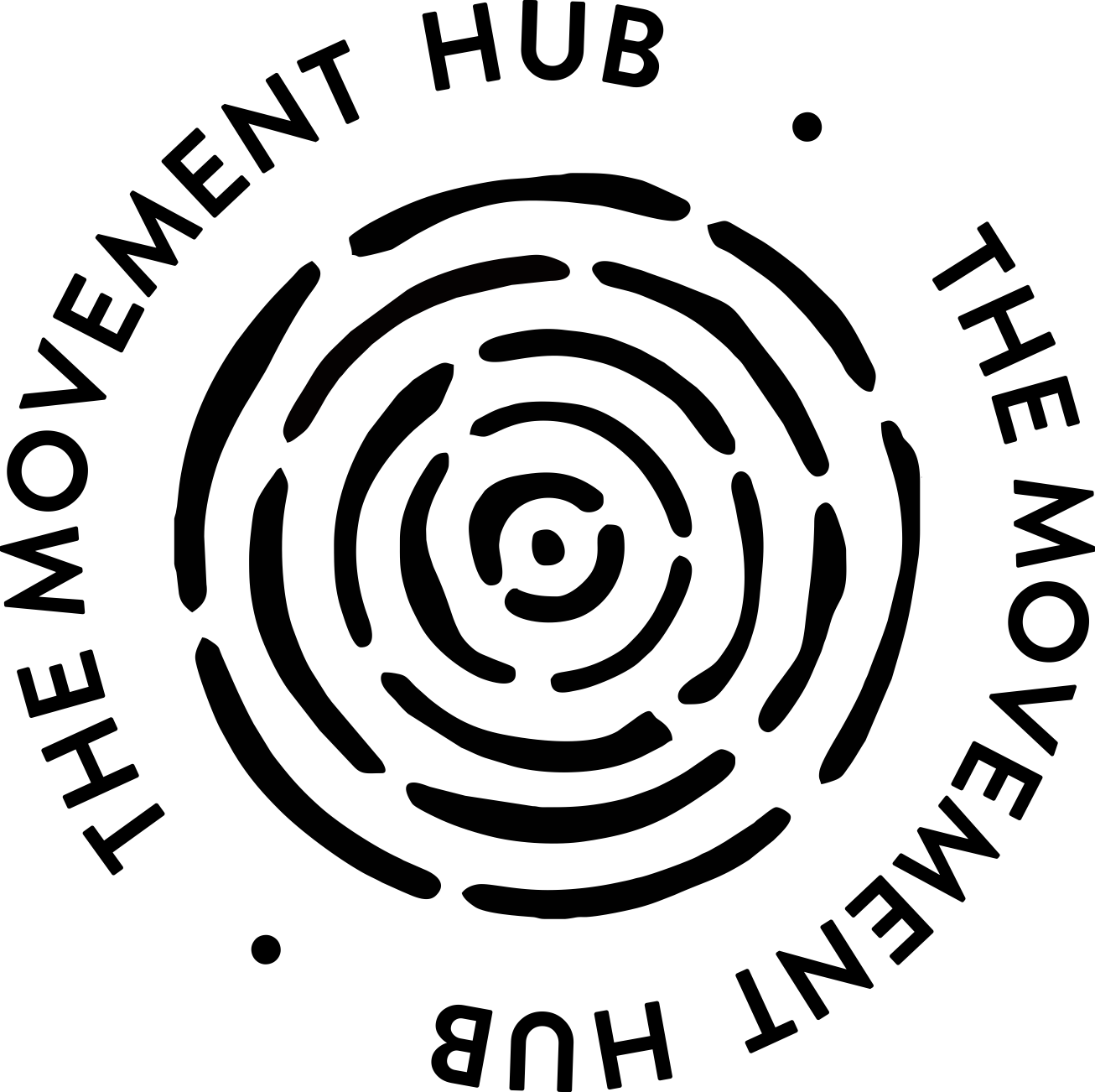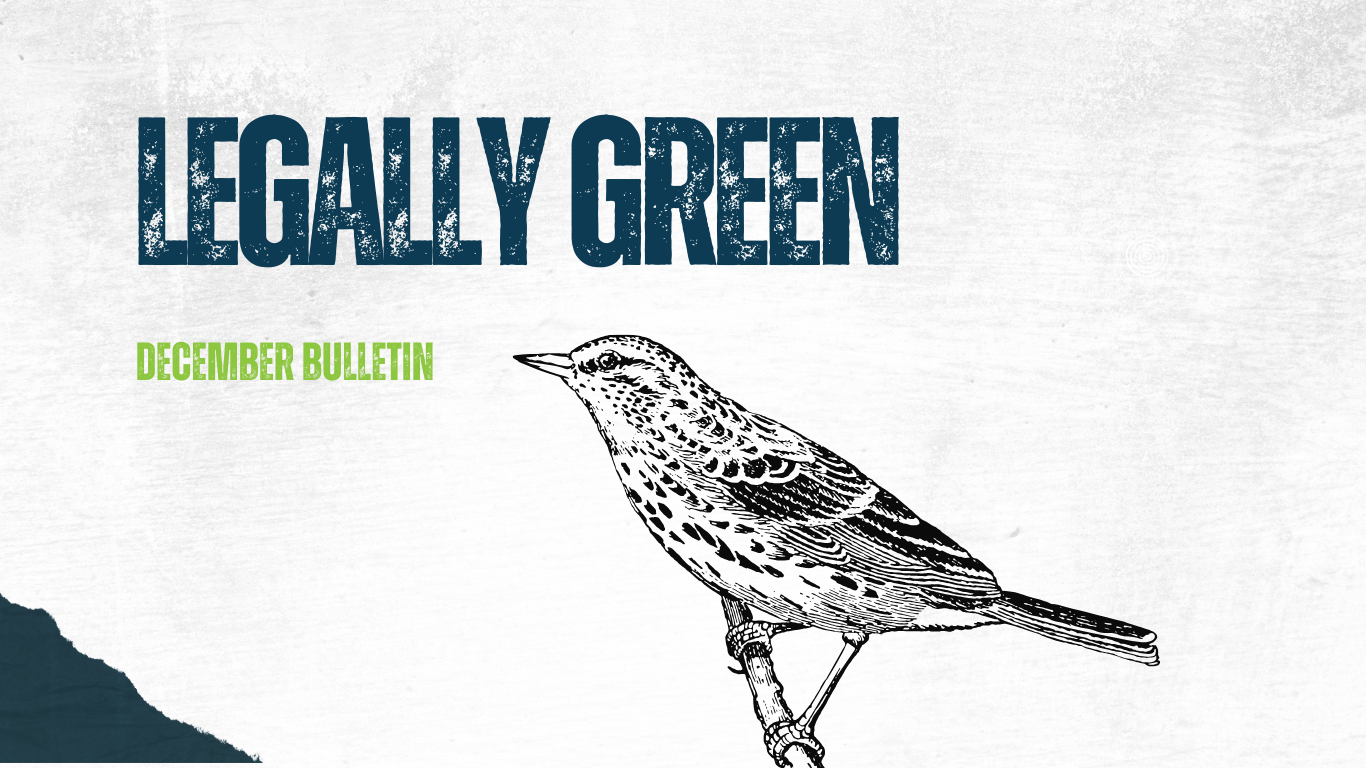
MAKING THINGS FIT
Often groups don't reflect on their structures, spread of labours, and practices of care - this is crucial to long-term sustainability.
After the pandemic, in times of ever deepening climate crisis and widening social inequalities, it is more important than ever that we are able to organise ourselves in strong and resilient climate and social justice movements.
How do we involve people into our groups better, more meaningfully? And how do we keep them around for long periods of time?
A tool that proved useful and had been around for a long time, traditionally in NGO spaces and more hierarchical environments, is the ‘ladder of engagement’. It shows how you move up the ladder and thus become more involved within the organisation.
However, for our movement spaces, based on collectivity and autonomy, it does not seem as well suited. It supports the growth mindset, needing to climb as high as possible – and if you don´t go up fast enough or high enough, it appears as a failure. We recognise that everyone has their own path and preferences and that engagement in a group is neither a linear nor a hierarchical process.
That is why we would like to offer an alternative for grassroots groups – the tree of engagement.
The tree is a great symbol of our movements – the roots represent where we come from, what our values are and what we stand for. The trunk represents ways and processes that enable people to join our groups. The different branches are the different working groups and activities that groups engage in and the tree must grow “equally” on all sides to be strong and resilient.
Unlike a ladder, there is no ‘one way’ to climb a tree. You might like to get to the top of it, hug it from the base, you might sit on one branch half way up. Similarly, there is no ‘one way’ to participate in transformative organising. Just as a tree provides so much to the ecosystems and people, so should the organising groups provide different spaces for people interested in changing the world.
We need to find the right balance in the growth of our tree in all directions – the smaller branches are providing the support structures and make it easier to get engaged more deeply into a strand of work. This way the responsibility is better spread amongst people, rotating functions are enabled, people can take different roles and are supported when trying out and learning new things.
Creating a tree of engagement means exploring two different aspects of your organising group. Firstly, there is the question of how people get involved and feel supported – what helps people climb onto the tree? Then, there is the question of what to do when on a tree – what kinds of responsibilities are available?
To plan your own tree of engagement you can read and download the full exercise sheet.




